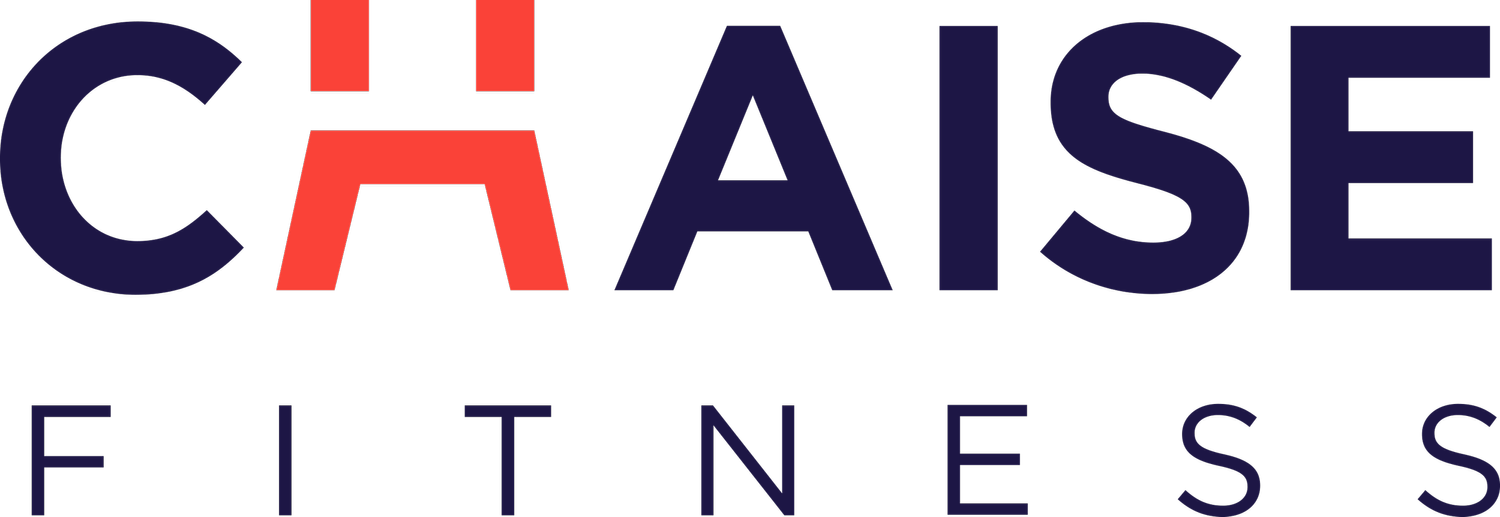Pilates and Feet
The human foot is a marvel of biological engineering, comprising 26 bones – that's about a quarter of all the bones in your body! With 33 joints formed where these bones meet, the foot is a complex network. The presence of so many joints means there are many points where movement occurs, and with movement comes the potential for wear, tear, and various forms of stress. However, mother nature has been thoughtful in designing these joints, equipping them with a robust support network of ligaments, muscles, and arches.
Ligaments provide stability:
Ligaments are the tough bands of fibrous tissue that connect bones to other bones. In the foot, they are crucial for maintaining the structure and alignment of joints, thereby providing stability. We want stable foundations, right? These ligaments prevent excessive movement that could lead to joint injuries, ensuring that the foot can withstand the demands of daily activities and more strenuous exercises.
Muscles facilitate movement:
Muscles in the foot and the lower leg work in harmony, showcasing the interconnectedness of the kinetic chain. The intrinsic muscles, nestled within the foot, play a critical role in fine-tuning movements and maintaining the arches. Meanwhile, the extrinsic muscles, originating in the calf area and connecting to the foot through tendons, govern larger movements, such as flexing and extending the foot. That’s right – some of your foot muscles are actually located outside your feet! This reveals a fundamental truth: examining foot health also means considering areas beyond the foot itself, just as addressing back health often involves looking at foot health as mentioned previously.
This dynamic relationship underscores the kinetic chain principle we’re trying to drive home, here the functionality of one part is intricately linked to another. The extrinsic muscles, situated in the ankle and calf, demonstrate that issues in the foot can have repercussions in the lower leg, and the reverse is also true. The well-being and efficiency of these muscles are vital not only for foot-specific movements but also for the overall coordination and balance of the lower body. This is especially crucial for activities like walking, running, and balancing, where seamless interaction within the kinetic chain is essential.
Key Functions of Intrinsic Muscles:
Toe Movement: They facilitate movements such as toe flexion, extension, abduction, and adduction.
Arch Support: By supporting the foot's arches, they play a pivotal role in shock absorption and weight distribution.
Stability: These muscles enhance the stability of the foot, aiding in balance and providing a solid base for larger movements.
Key Functions of Extrinsic Muscles:
Movement Control: They are primarily responsible for the powerful movements of dorsiflexion (raising the foot) and plantarflexion (lowering the foot).
Stability in Motion: These muscles contribute to the stability of the ankle joint, essential during dynamic activities like running or jumping.
Energy Efficiency: Extrinsic muscles play a role in energy conservation during movement, utilizing the stretch-shortening cycle for efficient force production.
Arches absorb impact and distribute weight.
The foot's arches play a critical role in how we move. These arches, formed by the bones' arrangement and supported by ligaments and muscles, help absorb the impact from activities like walking or jumping. They also distribute weight across the foot, which is crucial for maintaining balance and providing a stable foundation for movement. The health and integrity of these arches are vital for overall foot function.
Three arches of the foot:
Medial Arch (Inside of the Foot)
This arch runs from the heel to the ball of the foot along the inside edge. It's the most prominent and is crucial for absorbing shock when your foot hits the ground. The medial longitudinal arch helps in distributing body weight during standing and walking, playing a significant role in how we adapt to various surfaces.
Impact Up the Chain: A well-functioning medial arch can prevent excessive inward rolling of the foot (overpronation), which can lead to knee and hip alignment issues.
Lateral Arch (Outside of the Foot)
Lower and less pronounced, this arch runs along the outer edge of the foot. It provides balance and support, particularly when walking on uneven surfaces. The lateral arch works in conjunction with the medial arch to distribute weight and absorb impact.
Impact Up the Chain: A strong lateral arch supports the outer foot, helping to maintain balance and preventing excessive strain on the outer leg muscles.
Transverse Arch (Across the Middle of the Foot)
This arch is located across the midfoot, formed by the cuboid, cuneiform bones, and the bases of the first to fifth metatarsal bones. It is crucial for maintaining the foot's flexibility and assisting in weight distribution across the forefoot.
Impact Up the Chain: The transverse arch helps in stabilizing the foot and plays a role in efficient toe-off during walking or running, affecting the overall gait and posture.
This intricate system works together not just for the well-being of your feet, but also for the overall biomechanical harmony of your body, as we’ve already mentioned. Luckily, Pilates has many exercises to help maintain this intricate and connected system!
Looking for the Best Manhattan Pilates Studio?
At ChaiseFitness, we believe that anyone can be fit—no matter what skill level or body type. This belief inspired the creation of our patented Reinvention Method, which is for everyone—the athlete, the dancer, the beginner, the advanced, the rebuilder. We blend Pilates, ballet, and strength training and equip you with a chair and overhead bungees so that you work out all your muscles every time. We are located in the Upper East Side in Manhattan. For more information, you can contact us at (973)996-2063, or visit our website.
